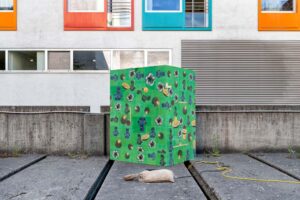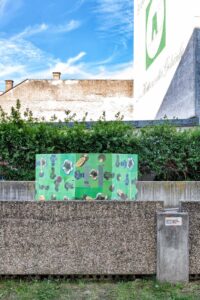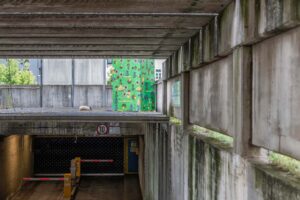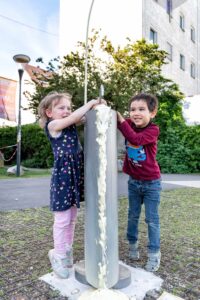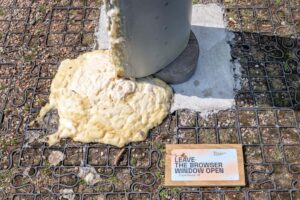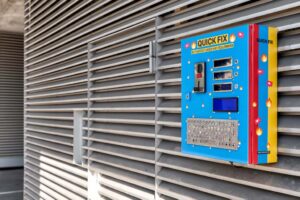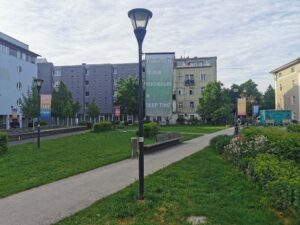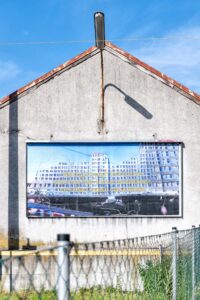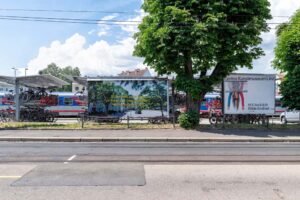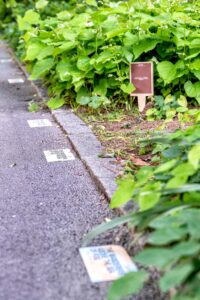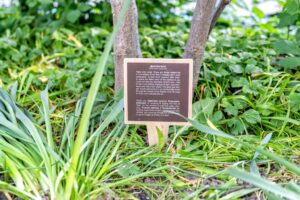Éphémère (Flowers Were Waiting)
Thomas Albdorf (AT)
In Éphémère (Flowers Were Waiting), Thomas Albdorf disguises stills from his video “Flowers Were Waiting on the Balcony of the Room, So Beautiful!” (2018) as commercials. The video is based on a scenario one could encounter during a holiday trip – whilst entering the hotel room, a nice bouquet of flowers is already waiting on the balcony that opens up a view towards the sea. The video was shot entirely in a studio, using fake marble tiles, plastic flowers and a printed backdrop. Whereas he lower section of the video contained named objects, the upper section showed only the sea. In post-production, specialized image-analyzing-software filled the upper section artificially, based on the information it could extract from the lower: “The work is a dialogue between me and the software, an attempt of revealing processes that are already part of the vast majority of images we create and consume every day.”
With its references to conventional methods and aesthetics, Éphémère could be read as plain advertising on a first glance. Upon closer inspection, it falls apart, offering no information to hold onto.
Thomas Albdorf (* 1982) was born in Linz. He studied Transmedia Art and graduated in 2013 at the University of Applied Arts, Vienna, where he currently lives and works. His main interest focuses on the intersection area between photography and sculpture, and the decontextualization caused by internet distribution. He sees the basic photograph as a space of possibilities, enabled via digital post production processes that leave their visible marks in the final work, revealing their source as well as bringing their conditions of production up for discussion. Albdorf was selected as one of the “Artists to Watch” by British Journal of Photography (2014), won the UNSEEN Amsterdam Talent Award (2016), and presented institutional solo exhibitions at FOAM Amsterdam (2018) and Folkwang Museum Essen (2019). He has been featured and interviewed in magazines and blogs like FOAM Magazine, The Guardian, The New Yorker among others.







